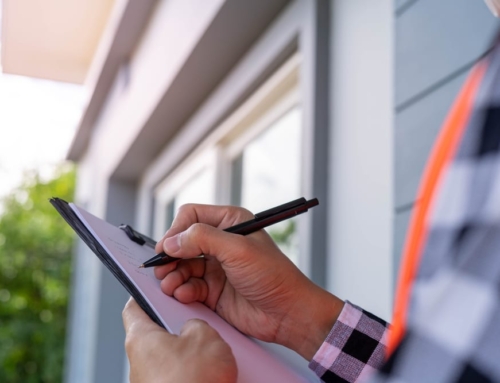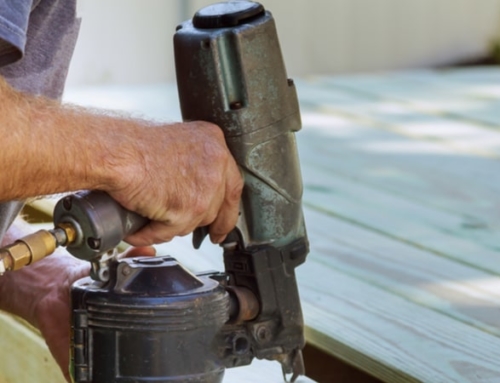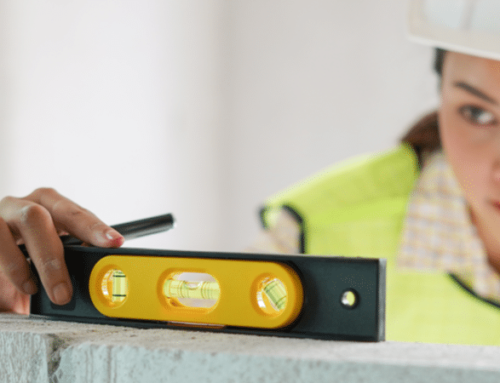With one day to go until the closing the couple scheduled a final walk through. They weren’t going to do it, because the house had been vacant when they first saw it. But their broker insisted.
And a good thing she had. When the inspector had come through, after their bid had been accepted, the bathroom was vented into the attic. When the couple came through the day before closing, they discovered that the owner had rigged the bathroom vent to one of the roof vents using dryer hose and string.
The purpose of a final walk-through is to make sure the property is in the same condition as when you bought it, except for normal wear and tear. Ideally, you should walk-through the property when the seller has already moved everything out just before closing. If you can get in just minutes before the closing, that is best.
Why the paranoia?
When you do a final walk-through before closing, you may find out all kinds of interesting things, including deep scratches in wood floors that are covered by furniture, cracks in the foundation that were hidden by boxes, or holes in the floor that were patched with plywood and then covered by a carpet.
Or, you might discover that the sellers, in a fit of rage, have trashed the home. One real estate attorney said the sellers in one deal were so angry at being forced to sell, that they caused thousands of dollars in damage.
Sometimes home buyers use the final walk-through as an opportunity to renegotiate the sales price at the last minute. They walk through the property looking for tiny things that can be used to squeeze a few more dollars out of the seller.
But that’s not appropriate, unless there is something wrong with the house, attorneys say. If, for example, the mover has scratched the walls, floors, or ceiling moving furniture and boxes out of the home.
How long should the final walk-through take? Agents say a normal walk-through can take anywhere from 30 minutes to one hour, depending on the size of the home.
When doing your final walk-through, make sure you look in every room, closet and nook. In the kitchen, make sure the appliances are working. Turn on the dishwasher and washing machine and let them run through the short cycle to make sure they’re not leaking. Make sure the microwave and oven work. If the refrigerator is being left, make sure it has been cleaned out and is the proper temperature.
Turn on the lights, fans, and to the extent possible, the heating or air conditioning system. Run the water in the bathrooms. Make sure everything has been taken out of the basement and attic.
If there is a load of furniture or junk waiting at the foot of the driveway, make sure the seller has scheduled a special garbage pick-up and that he or she has been billed for it. If the pick-up will not occur until after you own the home, it’s possible that you’ll get billed for the seller’s junk. If you’re not sure, discuss it with the seller or seller’s agent before you close on the home.
One of the biggest surprises for home buyers is how a home looks without its furniture. It can look quite odd and bald.
During one recent walk-through, the buyers were surprised to discover that the sellers had not completed painting all of the walls and baseboards in the living room. When the furniture and artwork had been hanging, the room seemed “done.” When empty, it was easy to see where they had run out of money.
Make sure your broker or the seller’s broker attends the final walk-through. If you do find something wrong with the home, it’s helpful to have someone there who can testify that the damage was done before the walk-through began.
Oct. 8, 2001.






Leave A Comment